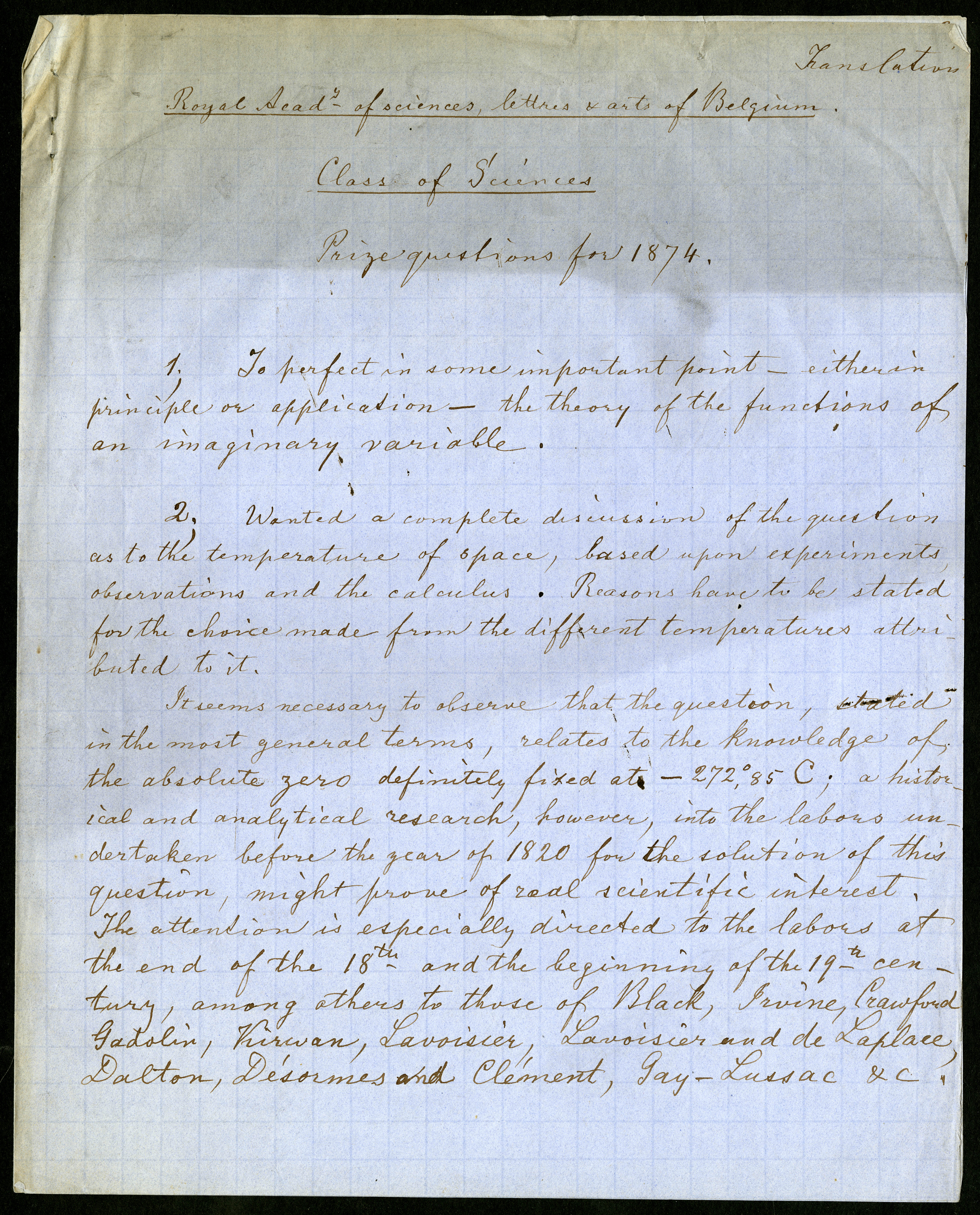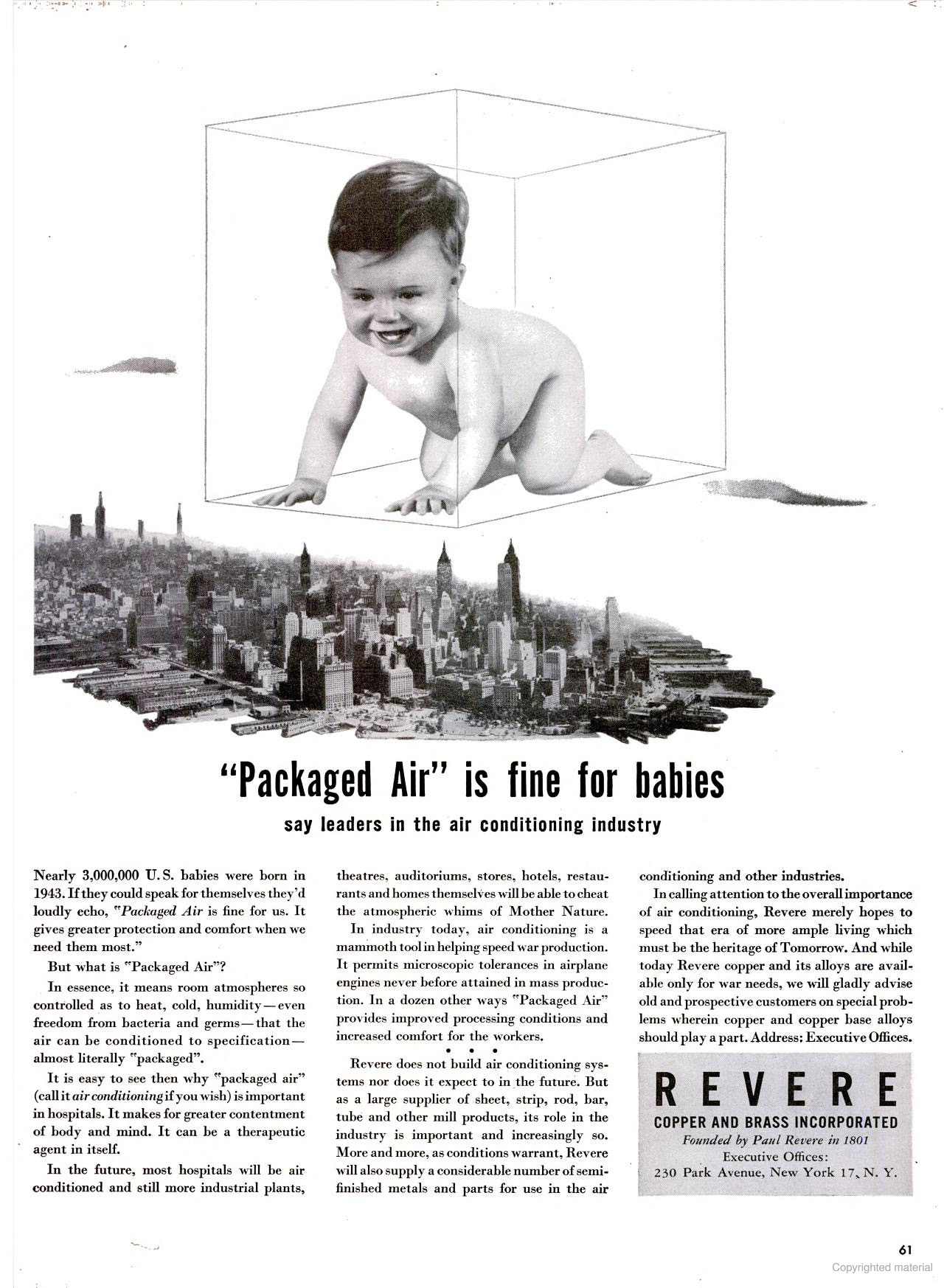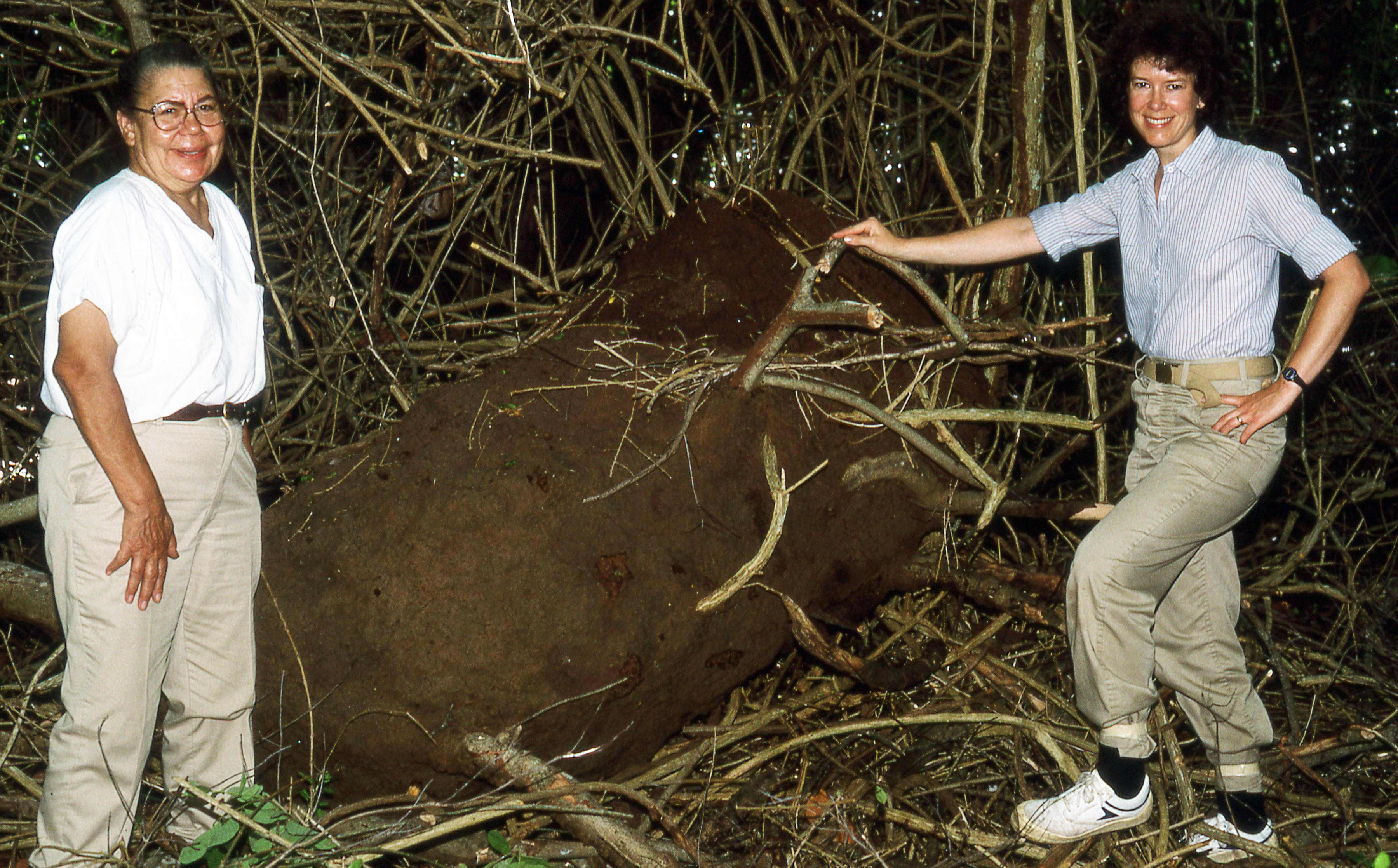Results for "Pamphlets"

The Mysterious Miscellaneous 37
- Date: May 13, 2014
- Creator: Courtney Bellizzi
- Description: It is too hard to know everything that lives inside an archival collection. Join us in opening up some of our miscellaneous folders and discover what is inside!

Link Love: 1/31/2020
- Date: January 31, 2020
- Creator: Deborah Shapiro
- Description: Link Love: a weekly post with links to interesting videos and stories about archival issues, technology and culture, and Washington D.C. and American history.
- Blog Post
For All the World to See
- Date: February 10, 2011
- Creator: Marvin Heiferman
- Description: The Smithsonian Institution Archives will be celebrating African American History Month throughout February with a series of related posts on THE BIGGER PICTURE.

Capturing Change
- Date: October 22, 2019
- Description: Forests change over time, and so do the approaches of organizations that seek to protect them.
- Blog Post
An Intern’s Guide on How to Digitize a Field Book
- Date: August 14, 2018
- Description: What is a field book and how do you digitize one? These were the first two questions I asked when I came on board at the Archives as the Summer 2018 Field Book Project Digitization Intern. During the course of my internship, I discovered the answer to both questions and learned a lot about digitization practices and standards at the Smithsonian.According to the Biodiversity
The Tropical Travels of George C. Wheeler - Part I
- Date: January 10, 2013
- Description: George C. Wheeler and his travel in the Caribbean illustrate the interplay between science and tourism in Latin America.

Science Service, Up Close: Journalists, Cancer Research, and Public Education
- Date: March 6, 2018
- Creator: Marcel Chotkowski LaFollette
- Description: Cancer, James T. Patterson observed in The Dread Disease, serves as a powerful metaphor in American culture, where the malady mirrors the “manifestation of social, economic, and ideological divisions” in modern life. In the decades since publication of Patterson’s book, medical research has made great strides in methods of detection and treatment. But the challenge for science

Keeping Your Cool: Advertising Air Conditioning
- Date: June 20, 2017
- Creator: Hillary Brady
- Description: A look back at some historic, pre- and post-World War II air conditioning advertising.

A Legend in Termite Field Biology
- Date: March 2, 2021
- Creator: Dr. Elizabeth Harmon
- Description: Dr. Margaret S. Collins became a renowned expert in multiple areas of termite zoololgy during her almost 50-year career as a scientist and professor.
A Close-up with Field Book “Specimens”
- Date: December 26, 2017
- Creator: William Bennett
- Description: The Smithsonian’s Field Book Project is a continuous fount of work for both our digitization crew here at the Archives and for me as the conservator in charge of the project’s physical needs. Over the past several weeks I have worked on a variety of field books with different structures and treatment requirements, and will share a few of the most common features I’ve seen in
- Blog Post
A Library for the Smithsonian Institution Women’s Council
- Date: September 7, 2021
- Creator: Dr. Elizabeth Harmon
- Description: From The Feminine Mystique to Ms. magazine: take a look at what members of the Women’s Council were reading in the 1970s and 1980s.

The History of Email at the Smithsonian
- Date: July 21, 2015
- Description: Many of us read, write and send emails every day, but when did it all start at the Smithsonian? In 1980 Smithsonian staff had typewriters and telephones on their desk, with one or two FAX machines per office. The Smithsonian operated a single general purpose computer, the Honeywell mainframe, for all Smithsonian data processing applications and which did not include an email
